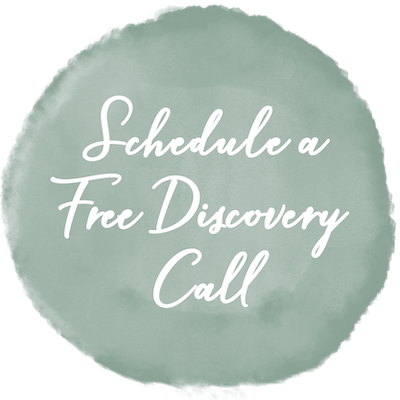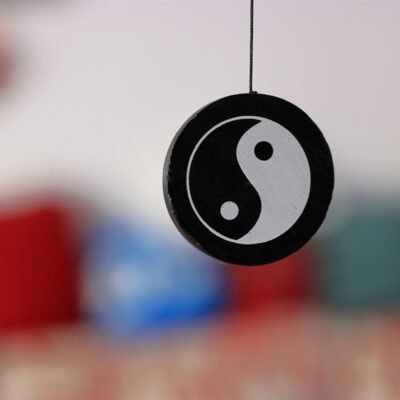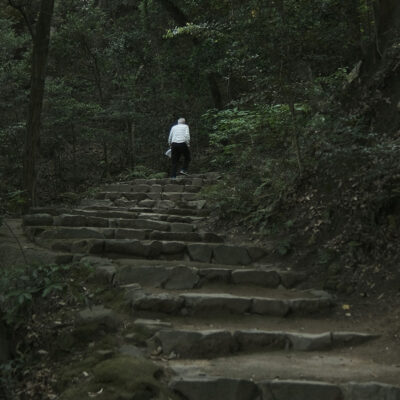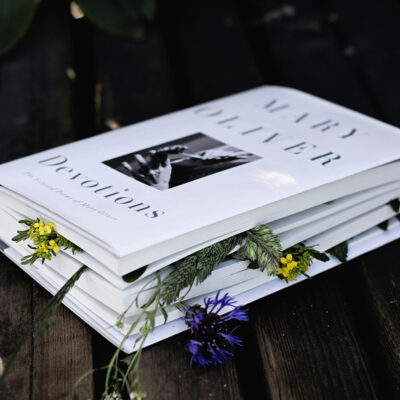When I first began working to heal my body image during recovery, I thought the finish line was “loving my body.” That if I could look in the mirror and feel great, then I would be free. And this message seems to be echoed throughout our society. What I have learned though, through my own recovery and then sitting with clients, is that making how we feel about our looks the barometer of our wellbeing can in fact keep us stuck in the very loop we’re trying to leave.
For many of us, the gentler, steadier target isn’t body love; it’s body neutrality. And paradoxically, shifting toward neutrality often makes space for deeper appreciation, even joy, to grow on its own timetable.
What I mean by body neutrality
To me, body neutrality decouples our worth and our day’s direction from how our bodies look or how we feel about its appearance. It centres our body’s functionality, sensations, and needs, and it anchors our identity in our values and deeper worth - not in our reflection. On neutral days, our body is allowed to just be a body: a living, feeling home we inhabit and care for, whether or not we feel great about how it looks.
Why neutrality can be safer than aiming for positivity (at least at first)
Body neutrality reduces self-objectification. Research shows that when we are trained to view our bodies from the outside-in - to monitor, compare, and judge - we experience more shame, anxiety, and eating disorder symptoms. Body neutrality helps us to step out of body surveillance mode and into more embodied living.
Body neutrality interrupts conditional self-acceptance. “I’ll like myself when…” is so common, but so hard on us. Even a well-intentioned “body positivity” practice can morph into, “I can accept myself as long as I like how I look today.” Neutrality says, “I will meet myself with care, respect, and acceptance regardless.”
Body neutrality travels with you. Bodies change. Positivity that depends on certain aesthetics can feel fragile. Neutrality gives us a way to relate to our bodies that can hold us through puberty, pregnancy, illness, injury, aging and weight changes - all the beautiful, ordinary seasons of a human life.
Body neutrality is evidence-based. Research shows that interventions that shift attention from appearance to functionality and lived experience reliably improve body image, reduce self-objectification, and support eating disorder recovery skills. For example, programs that train people to notice and appreciate what bodies do - walking, hugging, digesting, thinking - reduce body dissatisfaction and objectification. Measures of “functionality appreciation” have been found to correlate with better body image and wellbeing.
Body positivity can still help - and it can also backfire
I have seen body positivity be a breath of fresh air, especially for clients who finally see people who look like them reflected with warmth and dignity. And some studies suggest that viewing body-positive content can boost mood and body satisfaction compared to thin-ideal or “fitspiration” content.
However, the research is mixed. Because much 'BoPo' content still centres appearance, it can inadvertently keep us comparing bodies and monitoring our own, as well as enforcing that appearance is something to base our self-acceptance and sense of self worth and value on. As well, for perfectionistic brains (so many of ours) it can be easy for “love your body” to become another standard to fail at.
What body neutrality can look like in eating disorder recovery
Rehearse functionality appreciation. Each day, name 3 ways your body supported you. Examples: “My legs carried me up the stairs.” “My eyes let me read a chapter.” “My heart stayed with me through anxiety.” Over time, this shifts attention away from the mirror and toward lived, embodied life.
Practice Beginner’s Mind with your body. From a curious, non-judgmental stance, describe your body like you would a flower: shapes, textures, sensations, movements - without assigning “good/bad.” If judgment pops in (it will), gently return to describing.
Savour sensations. Neutrality doesn’t mean numb. Let yourself notice the warmth of a mug in your hands, the feeling of water on your skin, your breath filling your ribs. Embodiment practices like these are associated with better body image and nervous system regulation.
Values over verification. When the urge to check, compare, or “fix” shows up, try asking: “What matters to me right now?” Then take one tiny action toward that value. This is Acceptance and Commitment Therapy's gentle pivot from appearance control to values-led living.
Media with care. If your feed is appearance-filled - even with positive intentions - experiment with switching some of it for functionality-focused, HAES-aligned, or recovery content, art, nature, humour, or anything that reminds you that you’re more than a body.
Language that loosens grip. Try neutral phrasing like, “I have a body,” “These are my legs,” or “This is what my stomach looks like today.” If compassion feels accessible, add, “Thank you for getting me here.”
Let neutrality be enough. On tough body image days, you do not have to “flip” into body love or like. It can be healing to say, “I don’t like how I feel in my body right now, and I can still feed it, clothe it comfortably, and live my life today.”
Common questions I hear
Does neutrality mean giving up on liking my body?
Not at all. In my experience, neutrality often creates the safety that allows genuine appreciation to emerge - appreciation that isn’t fragile or conditional. But you don’t have to force it. Start with “I can live my valued life in this body,” and let the rest unfold.
What if body positivity helps me?
That's wonderful. Keep what helps. This isn’t either/or; it’s a broader toolkit. Many clients move fluidly: some days are neutral, some appreciative, some purely practical. All are valid.
Isn’t this just resignation?
I don't view body neutrality as resignation, but rather as a stance of care without conditions. I view it as choosing to build a life that isn’t on hold waiting for our reflections to change, or for our feelings towards our reflections to change.
Short practices you can try this week
Functionality gratitude: At the end of the day, jot down three “body did” moments. Keep them simple.
Neutral mirror check: Once a day, do a brief check-in with the intention, “I’m here to notice, not to judge or fix.” Name a colour you see, a shape, a sensation in your feet. Then move on to a values-based task.
Drop the struggle: When a wave of appearance-anxiety comes, try placing a hand where it feels ok (chest, shoulder), take a slow breath out, and whisper “yes” to your experience - not because you like it, but because fighting it amplifies it. Then take one small action toward what matters next (text a friend, step outside, eat the next bite).
Final thoughts
As I wrote in this blog post about body image some years ago, I like to think of our relationship to our bodies as if we are an old, married couple. I want to treat my appearance, and myself, the way I would want my husband of 50 years to. He would love me if I was a Covergirl, and he loves me when I'm not. Through the changes that life brings to my body, and for so much more than my body or my looks. May we all have this relationship with ourselves.
With warmth, and faith in your steady, brave steps toward more unconditional self-acceptance,
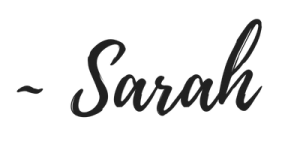
PS. Here are some research studies that I've found interesting, as well as some favourite books on this topic:
For a deeper dive into embodying rather than objectifying ourselves, I also love More Than a Body by Lexie and Lindsay Kite, and Hillary McBride’s The Wisdom of Your Body.
Journaling Prompts:
- In what moments do I notice my body as an instrument - doing, sensing, helping - rather than an ornament?
- Where does “I’ll accept myself when…” still live inside me? What would unconditional care look like instead, just for today?
- Which values do I want to move toward this week that have nothing to do with how I look?
Support For Your Journey
If you feel you could use more support on your eating disorder recovery journey I would love to connect with you. Contact me to book a free video discovery call so that we can explore if working together would be a good fit. I would love to hear from you.



